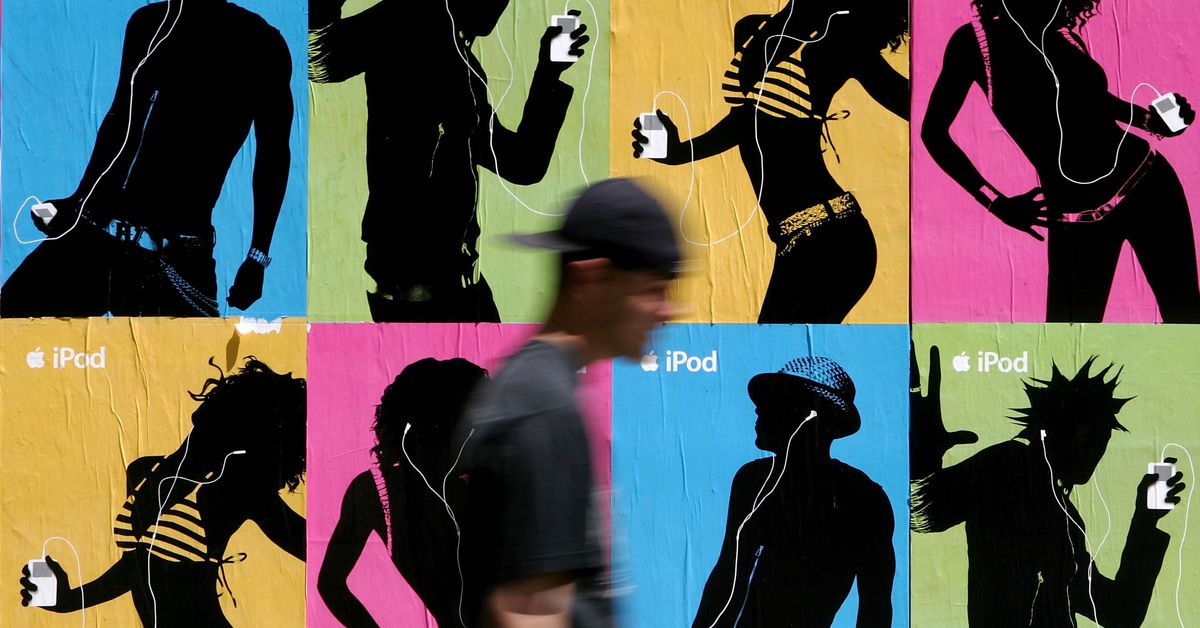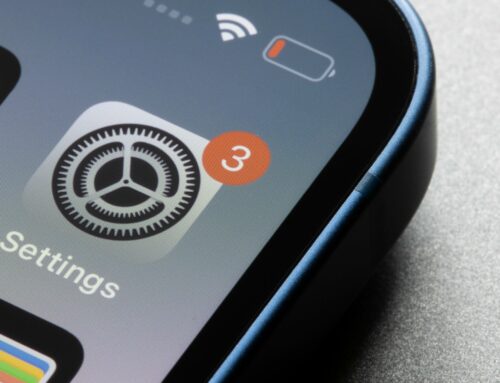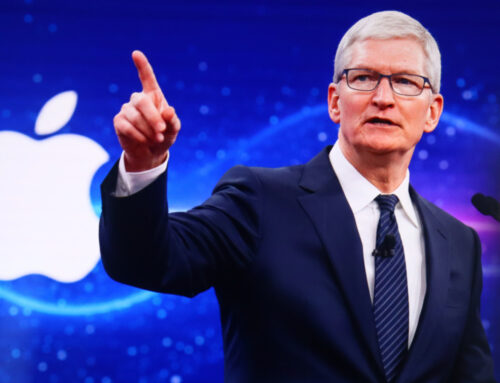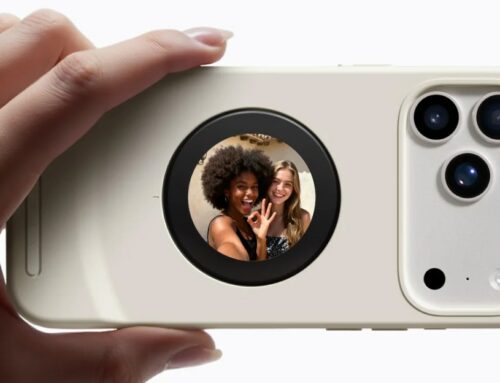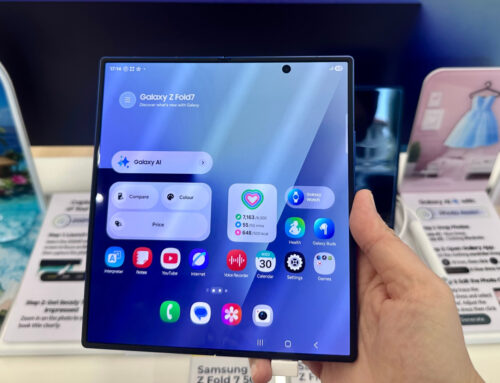As Apple prepares its long-rumored jump into augmented reality on Monday, doubts have shadowed every step of the way. There are reports of frequent changes in direction and skepticism inside Apple’s ranks. The device has allegedly been hard to manufacture and required numerous compromises. The process has taken years longer than Apple expected. And at a rumored $3,000, even Apple reportedly expects slow short-term sales.
But among AR professionals, the mood is jubilant. “This is the single greatest thing that could happen to this industry,” says Jay Wright, CEO of VR / AR collaboration platform Campfire 3D. “Whether you make hardware or software. We’re excited about it.”
No industry needs Apple’s “it just works” ethos like AR
Building on positive reviews from industry trailblazers like Palmer Luckey, AR hardware and software makers say Apple can finally validate a decade of attempts to take the technology mainstream. Some of this optimism is driven by Apple’s rumored specs, including a lightweight design and a supposedly extraordinarily high-spec screen.
Proponents point to Apple’s history of entering a market once other companies have laid the groundwork, as it did with phones. But much of it can be summed up in two statements: Apple can sell hardware, and Apple is cool.
No tech category needs Apple’s “it just works” promise more than AR. (This format is sometimes called “mixed reality” or “XR,” just to underscore how muddled the consumer pitch is.) Pure consumer VR — while a small market — has coalesced around relatively popular genres like fitness apps, a few common storefronts like SteamVR and the Quest store, and a widely used controller scheme.
AR has no such guarantees.
Its hardware is wildly varied, ranging from bulky headsets with sophisticated tracking to smart glasses that do little more than show alerts. Its software is often geared toward hyper-specialized business uses. There’s no settled consensus on control schemes.
Based on numerous leaks, Apple’s headset uses what’s called “passthrough” AR. It features high-resolution screens and is capable of running full VR applications, but it’s also studded by cameras that can pass through a high-resolution image of the real world — according to rumors, you’ll hit a “reality dial” to switch between AR and VR. That means it can offer the illusion of a real world with virtual objects overlaid on it.
Passthrough avoids some of the problems that AR glasses like Magic Leap and Microsoft HoloLens face, like translucent virtual objects and a limited field of view. Meta, the biggest player in consumer headsets, chose the style for its Quest Pro design last year. But the Quest Pro had a grainy, washed-out video feed and offered limited practical applications for its AR mode. A virtual office, for instance, required a convoluted syncing process with your Mac or PC. And Meta has generally focused on the lower end of the VR and AR market — it’s also including passthrough as a selling point on the upcoming $499 Quest 3.
By contrast, multiple people speculated that Apple’s headset could be like the Tesla Roadster: a flashy, expensive sports car that sold people on the concept of electric vehicles. “Apple makes devices in a way that are actually useful and comfortable to people and make people care about it,” says Jacob Loewenstein, SVP of 3D social platform Spatial, which has appeared on numerous AR and VR devices.
“There’s going to be so much garbage out there, and there’s going to be some cool stuff, too.”
The exact uses of Apple’s rumored tech aren’t known yet. CEO Tim Cook has said AR is for “communication” and “connection,” and it will reportedly feature FaceTime capability that can render a person’s face and body. It’s said to also offer access to iPad apps, games, entertainment via Apple’s TV app, and a version of Apple Fitness Plus. “One of the reasons why I think Apple is immensely successful in many of their ventures is they’re not just launching a device, they’re launching an ecosystem,” says Gartner analyst Tuong Nguyen, who covers the VR / AR market. “It’s that combination of different applications applied to different use cases for different users — that is the ‘killer app.’”
Apple reportedly isn’t expecting a large early market for the device — it’s revised its expectations downward to under a million units a year, compared to 200 million or more iPhones. Still, despite the device’s rumored cost, some predict a gold rush of app designers trying to replicate the success of early iPhone developers. “I’ve been like, wait, why am I not making some goofy version of some application that everyone likes — like, being one of the first to-do apps on the Apple headset?” says Gabe Baker, VP of browser-based VR collaboration platform Frame. “There’s going to be so much garbage out there, and there’s going to be some cool stuff, too — it’s going to be a fun time.”
Apple has an ambivalent relationship with web developers, who form a niche but notable subset of the AR / VR industry. Safari has badly lagged at supporting WebXR, a common standard for browser-based immersive experiences, on iOS. But the browser is reportedly launching on its headset, which will put web-based AR in the spotlight. “We’re cautiously optimistic that Apple will actually make Safari a viable application on their upcoming hardware,” says Baker. “Meta has shown that the web browser can actually be a vehicle for high quality immersive content, hands-down, and I think Apple will want that on their headset.”
The iPhone’s decade-plus dominance has demonstrated plenty of downsides to “it just works.” Apple has mastered the walled garden, and many app developers who work inside it aren’t happy with the results. It’s spent years fighting some prominent developers like Epic and Match Group in court, and others have testified in Congress about having their apps locked down and undercut by Apple’s own copycats.
Apple is still pushing into a field that’s bested some of the biggest companies in tech
But for AR and VR developers, the alternative to an Apple walled garden may be a desert. Many apps — particularly non-gaming ones — have pivoted onto more conventional computing devices as one headset after another has failed to capture a consumer market. A key exception has been Meta, which has defied expectations with its Quest 2 for VR. That’s raised the opposite problem: a system where some developers and regulators worry Meta could monopolize the nascent industry, and some competing hardware companies have expressed irritation at the Quest’s rock-bottom, ad-subsidized prices.
“I think the other thing that’s compelling is the arms race that it starts between Meta and Apple. We’ve never really had these two titans go head to head before on a new platform,” says Loewenstein. And even for hardware makers, Apple’s entry isn’t necessarily a bad thing — the AR glasses market is small enough that any new attention to the space is welcome.
Despite the excitement inside the industry, Apple is still pushing into a field that has bested some of the biggest companies in tech. Google and Microsoft have both debuted AR headsets with flashy consumer-friendly applications (in Microsoft’s case, an AR edition of Minecraft) only to end up with a far less ambitious enterprise-focused product. So has the lavishly funded startup Magic Leap.
Moreover, few people seem to think passthrough AR is an endpoint for the medium. As Nguyen points out, a passthrough headset poses basic safety risks compared to a more glasses-like system: if its video feed stutters or goes dark, it temporarily blinds the user. That makes it risky to use outside a controlled home or office environment. “I see the Apple device as being a replacement of my iMac,” says Nima Shams, VP at DigiLens, a longtime maker of optics for glasses-style headsets. “I don’t see the device being a replacement of my iPhone.” Apple has reportedly been working on a transparent, non-passthrough headset, too — but it’s not what anyone expects to see on Monday.
There are pragmatic reasons to believe Apple’s better positioned than these companies. For one thing, the tech has matured significantly since Google started testing Glass in 2012, Microsoft announced HoloLens in 2015, and Magic Leap revealed its first product in 2018. For another, Apple has a consumer hardware track record that virtually no other company can match. That includes not only carefully produced industrial design and interfaces like trackpads but, in recent years, its own fairly powerful chips. “If we were facing rumors of a similar headset made by someone not Apple, I don’t think it would be all that successful,” says IDC research manager Jitesh Ubrani. “Apple has huge scale, huge developer support, huge consumer support — and no one else comes even close to that.”
But the most emotionally compelling argument is simply that Apple can make even weird-looking products — like AirPods, compared to everything from Q-tips to sperm — socially acceptable. As Loewenstein puts it, “the key has always been very, very simple: is this thing useful? Is this thing comfortable? And is this thing cool?” Meta has demonstrated VR’s value for games, but the company’s uncoolness is a running joke, from the famous picture of an MWC audience strapped into headsets to CEO Mark Zuckerberg’s much-maligned legless avatar. “I think Apple has the cool factor.”
And if it doesn’t? Well, if you’ve stuck around the world of consumer AR for this long, you can probably handle disappointment.

